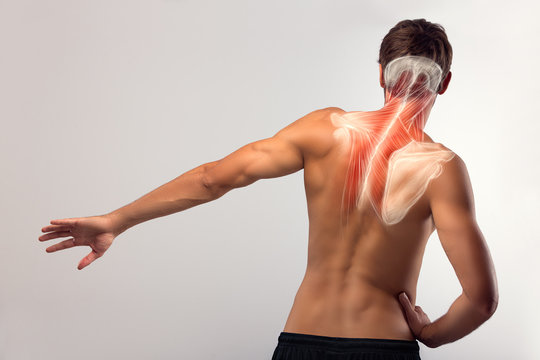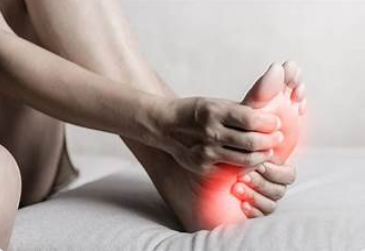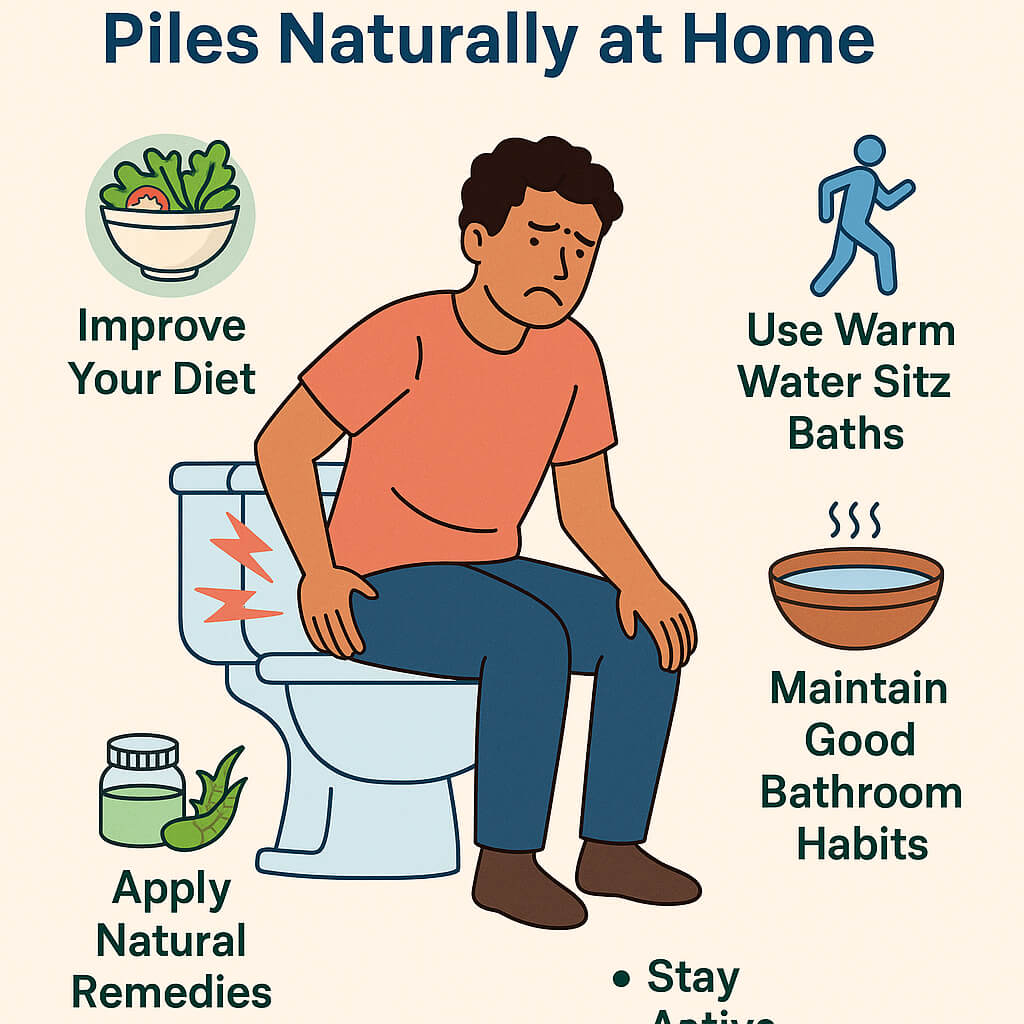Cradle Cap on Eyebrows - Symptoms, Causes, and Treatment

Strong 8k brings an ultra-HD IPTV experience to your living room and your pocket.
Being one of the possible conditions that affect infants and toddlers, it is fine to leave cradle cap on eyebrows as it is. But what about your baby’s gorgeous look? The age limit in which your baby looks superb is also the age at which he is likely to get cradle cap.
On eyebrows, it makes the baby less attractive. So, how to sort out this condition?
Well, let’s have a look first.
Cradle Cap on Eyebrows
Seborrheic Dermatitis (aka cradle cap) is the least concerning skin condition in infants and toddlers that can cause a disturbing look depending on its severity. Its prime suspect is the scalp but it can also cover the face, back, skin folds, diaper area, and armpits.
Cradle cap on eyebrows is also common so you don’t have to worry much about it. However, we have mentioned ways for removing flakes.
Symptoms
On the eyebrows, it makes a layer of thick flakes and greasy patches. The flakes could be dry or oily. The exact cause cannot be determined but the situation can be diagnosed without the help of a doctor. Your loved one might face redness near flakes.
Although it is neither dangerous nor contagious, it leads to an unsettling look. You can make yourself familiar with this condition by keeping in mind that the same symptoms are used to refer to dandruff in adults.
However, babies' soft and delicate skin makes them more vulnerable to various skin conditions.
The symptoms don’t cause itching, pain, and irritation. Your baby will not even see or feel this condition. The people except your baby can observe those flakes on your baby’s eyebrows.
What leads to flaky eyebrows?
The exact cause cannot be determined but some common scenarios can lead to the formation of cradle cap on eyebrows. These include:
Overactive oil glands: We all have sebaceous glands in our body that work the same way as they work in anyone. They are responsible for the production of Sebum oil but things get wrong when they become overactive, leading to the overproduction of oil. It causes the formation of oily flakes.
Yeast: Another possible cause is the existence of Malassezia. It works for the benefit of the skin but may become a reason for cradle cap on eyebrows.
Genetics: Scientific studies have proven that children who have a family history of people getting affected by eczema and asthma are more likely to get cradle cap.
Sebum: The oil is responsible for maintaining skin health but an unnecessary amount can cause trouble for your loved one. Overactive oil glands, hormonal transfer, and particular diet can overproduce sebum, leading to cradle cap on eyebrows.
What should you do?
Wash regularly:
No matter what skin disease you or your baby have, keep the area clean from irritants and bacteria to avoid extreme symptoms and infection. You can just go on with washing your baby’s face or give a complete bath to your baby.
For infants, keep bath times short. If the flakes are oily, regular washing will clean dust particles that stick to the eyebrows and will loosen the flakes.
Use medicated products
Use a soothed shampoo, body wash, cream, or any product that doesn't contain Sulfates, Fragrances, and Allergens.
Using Shampoo for Cradle Cap, Seborrheic Dermatitis, and Dandruff will not only treat its symptoms on eyebrows but also help in removing flakes all around the body.
To do so, apply a small amount of shampoo on your baby’s face. Rub the eyebrows gently for a while. Rinse thoroughly to remove residues.
Use a brush
It might be looking inappropriate but trust me, It helps! Using a brush gently with soft bristles is good for removing flakes and loosening them. You can go on with dry brushing but using a brush will be more beneficial after a bath.
Conclusions
By following the described ways, it is way too easy to clear up cradle cap on eyebrows. Baby’s skin is delicate and you have to only rely on medicated and clinically tested products to avoid any issues.
However, it is normal not to do anything against this condition. Hope this guide helped you a lot.
Note: IndiBlogHub features both user-submitted and editorial content. We do not verify third-party contributions. Read our Disclaimer and Privacy Policyfor details.







